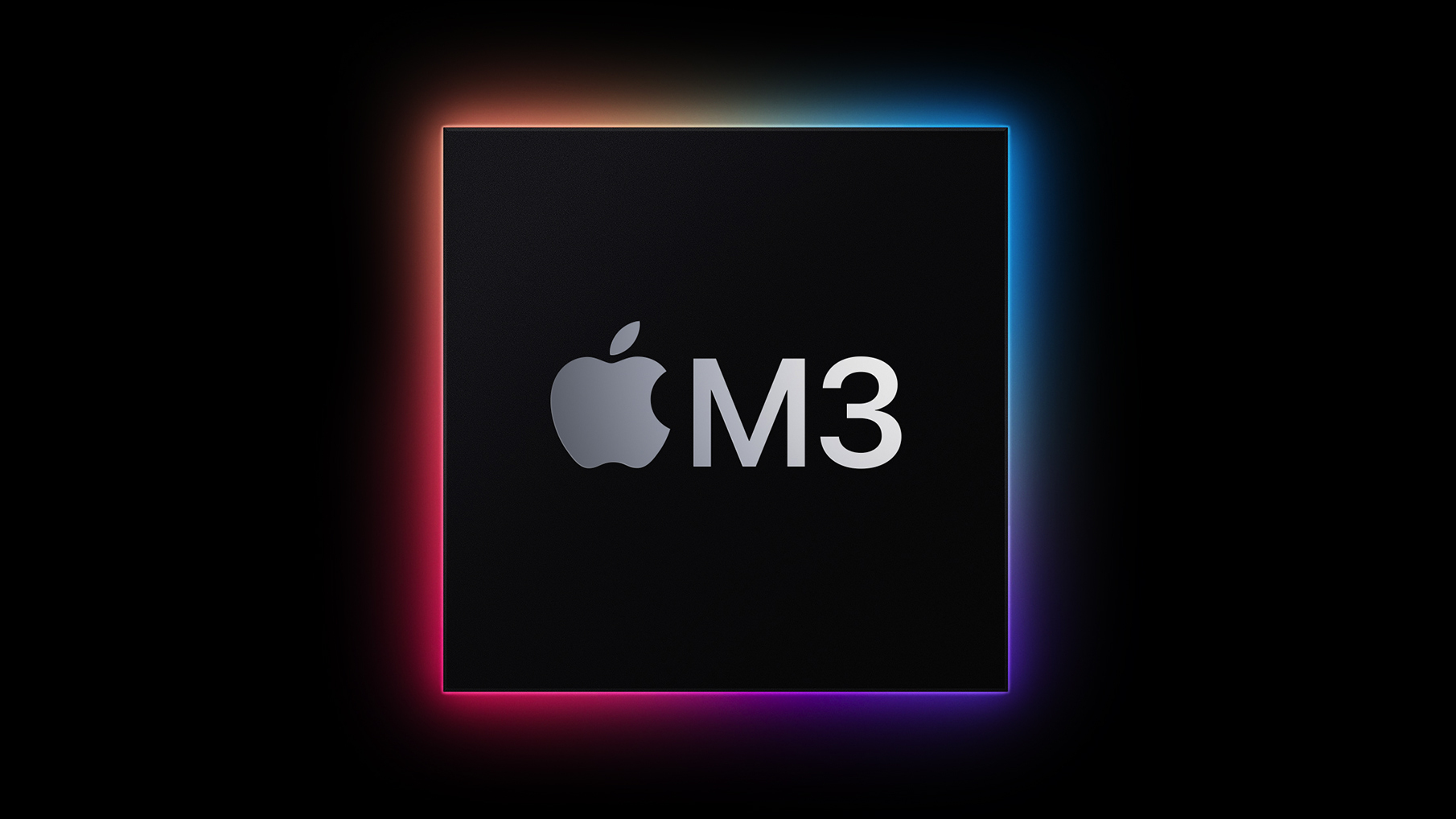Apple's upcoming M3 Pro, M3 Max, and M3 Ultra chips could feature more CPU and GPU cores,Bloomberg's Mark Gurman reports.

In his latest "Power On" newsletter, Gurman set out the key changes to the CPU and GPU core numbers of the M3 Pro, M3 Max, and M3 Ultra chips, including how many of the CPU cores are dedicated to performance or efficiency:
The standard M3 chip will apparently feature the same CPU and GPU core configuration as the M2 chip, with eight CPU cores (four performance and four efficiency) and ten GPU cores. This chip is expected to be offered in the 13-inch MacBook Pro, 13- and 15-inch MacBook Air, Mac mini, iMac, and iPad Pro.
Apple is also apparently testing MacBook Pro models with 36GB and 48GB of memory, suggesting that new memory options may be available in the future. Currently, MacBook Pros can be configured with 16GB, 32GB, 64GB, and 96GB of memory.
Gurman reaffirmed that the first Macs with the M3 chip should debut in October, while Macs with the M3 Pro and M3 Max chips will not arrive until 2024. Macs with the M3 Ultra chip may not arrive until the end of 2024 at the earliest.
This article, "Apple's M3 Pro, M3 Max, and M3 Ultra Chips Could Offer Even More CPU and GPU Cores" first appeared on MacRumors.com
Discuss this article in our forums
Source: TechRadar

In his latest "Power On" newsletter, Gurman set out the key changes to the CPU and GPU core numbers of the M3 Pro, M3 Max, and M3 Ultra chips, including how many of the CPU cores are dedicated to performance or efficiency:
| M2 | M3 | |
|---|---|---|
| Pro | 10 or 12 CPU cores (6 or 8 high-performance and 4 energy-efficient) 16 or 19 GPU cores |
12 or 14 CPU cores (6 or 8 high-performance and 6 energy-efficient) 18 or 20 GPU cores |
| Max | 12 CPU cores (8 high-performance and 4 energy-efficient) 30 or 38 core GPU cores |
16 CPU cores (12 high-performance and 4 energy-efficient) 32 or 40 GPU cores |
| Ultra | 24 CPU cores (16 high-performance and 8 energy-efficient) 60 or 76 GPU cores |
32 CPU cores (24 high-performance and 8 energy-efficient) 64 or 80 GPU cores |
The standard M3 chip will apparently feature the same CPU and GPU core configuration as the M2 chip, with eight CPU cores (four performance and four efficiency) and ten GPU cores. This chip is expected to be offered in the 13-inch MacBook Pro, 13- and 15-inch MacBook Air, Mac mini, iMac, and iPad Pro.
Apple is also apparently testing MacBook Pro models with 36GB and 48GB of memory, suggesting that new memory options may be available in the future. Currently, MacBook Pros can be configured with 16GB, 32GB, 64GB, and 96GB of memory.
Gurman reaffirmed that the first Macs with the M3 chip should debut in October, while Macs with the M3 Pro and M3 Max chips will not arrive until 2024. Macs with the M3 Ultra chip may not arrive until the end of 2024 at the earliest.
This article, "Apple's M3 Pro, M3 Max, and M3 Ultra Chips Could Offer Even More CPU and GPU Cores" first appeared on MacRumors.com
Discuss this article in our forums
Source: TechRadar